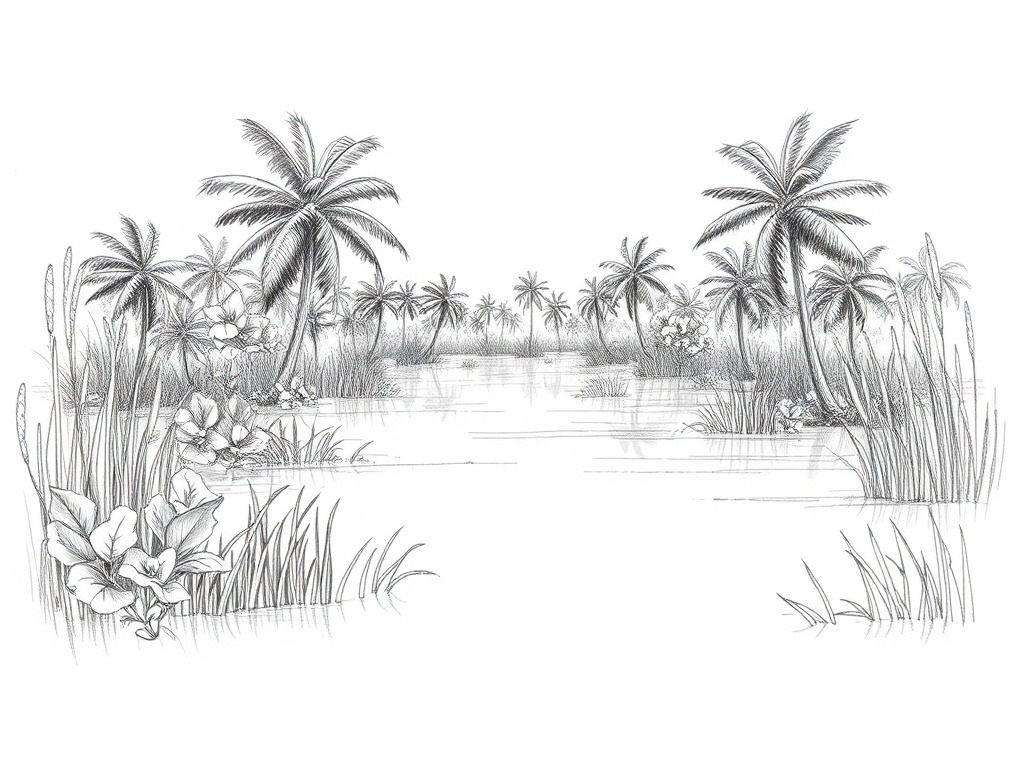The Everglades remains one of the planet’s most distinctive and fragile wetland ecosystems — a slow-moving “river of grass” where freshwater, brackish water and marine environments meet. Understanding its habitats, wildlife, threats and recovery efforts is essential for anyone who cares about biodiversity, clean water and coastal resilience.
What makes the Everglades unique
The landscape is defined by broad sawgrass marshes, deeper channels called sloughs, scattered tree islands and coastal mangrove forests.
Seasonal sheet flow of water sustains those habitats, recharging aquifers, filtering pollutants, and supporting fisheries that feed both people and wildlife. This connectivity supports iconic species such as the American alligator, wading birds, West Indian manatee and the elusive Florida panther, along with countless fish, invertebrates and plant species.
Key threats to the ecosystem
– Altered hydrology: Canalization, levees and urban water management have changed the natural flow patterns that plants and animals depend on.

– Water quality degradation: Nutrient runoff, particularly phosphorus from agriculture and urban landscapes, promotes harmful plant growth and disrupts native communities.
– Invasive species: Non-native plants and animals compete with native species and change habitat structure; constricting predators like Burmese pythons have had a notable ecological impact.
– Sea level rise and saltwater intrusion: Coastal habitats face encroaching saltwater that shifts plant communities and stresses freshwater-dependent wildlife.
– Habitat fragmentation: Development and road networks isolate populations and reduce the landscape’s ability to adapt.
Restoration strategies that matter
Restoration focuses on restoring more natural water flow, improving water quality, reconnecting fragmented habitats and increasing the system’s resilience to changing coastal conditions.
Practical measures include building or enhancing water storage and conveyance infrastructure, using stormwater treatment areas to remove excess nutrients, re-establishing sheet flow where possible, and targeted land acquisition to expand protected landscapes. Adaptive, science-driven management and cooperative partnerships among federal, state, tribal and local organizations are central to progress.
How visitors can support and enjoy responsibly
– Choose guided eco-tours led by licensed, local guides who use low-impact boats and emphasize conservation.
– Respect wildlife: keep distance, never feed animals, and follow park rules to avoid stressing sensitive species.
– Minimize pollution: pack out trash, avoid single-use plastics, and use reef- and wildlife-safe sunscreens.
– Follow boating best practices: reduce wake near shorelines to prevent erosion and protect nesting birds.
Everyday actions that help
Individuals can contribute by reducing fertilizer and pesticide use, supporting native landscaping that absorbs stormwater, conserving water at home, volunteering with local conservation groups, and advocating for policies that prioritize natural flow, water quality and land protection.
Why this matters beyond the park
The Everglades functions as a natural filter and coastal buffer — protecting freshwater supplies, supporting commercial and recreational fisheries, and reducing storm impacts for communities.
Restoring and protecting this complex system is not just an environmental priority; it’s a long-term investment in regional water security and resilience.
Supporting informed stewardship — through responsible visits, community engagement and informed advocacy — helps ensure the Everglades continues to thrive as a living, interconnected landscape for future generations to experience and rely on.